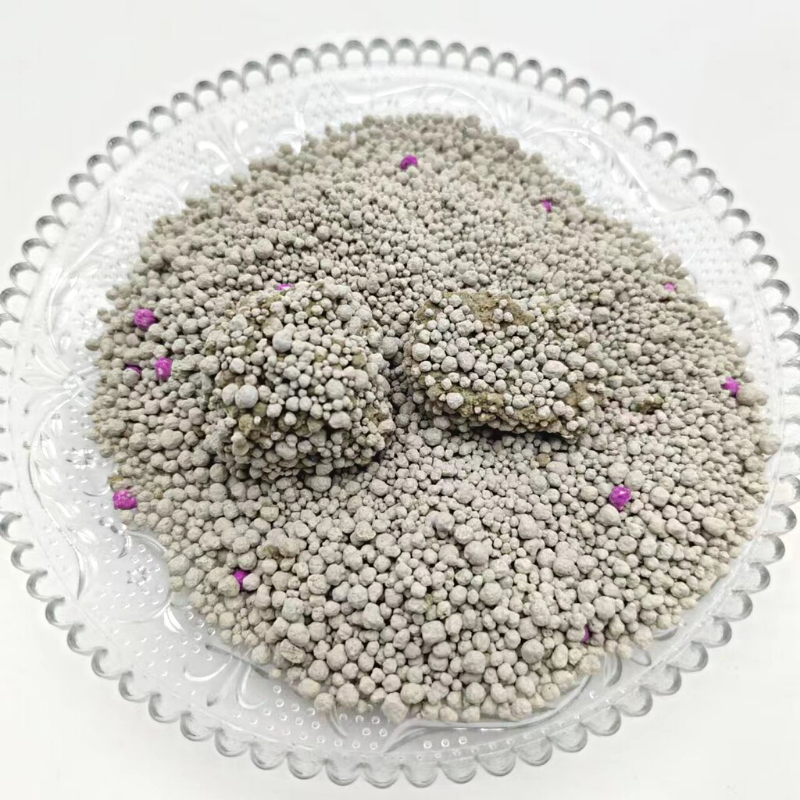
fly ash and concrete manufacturer
The Role of Fly Ash in Concrete Manufacturing
In the construction industry, the need for durable and sustainable building materials has become increasingly important. One innovative approach to enhancing concrete quality and promoting sustainability is the incorporation of fly ash. This byproduct of coal combustion not only improves the properties of concrete but also addresses critical environmental concerns associated with the disposal of industrial waste.
What is Fly Ash?
Fly ash is a fine, powdery material that results from the burning of pulverized coal in electric power plants. When coal is combusted, it generates flue gases that carry ash particles. These particles are collected using electrostatic precipitators or bag filters and then processed for use in various applications. Fly ash is primarily composed of silica, alumina, and iron, which make it an ideal pozzolan—an ingredient that, when mixed with water and lime, reacts to form compounds possessing cementitious properties.
Benefits of Using Fly Ash in Concrete
1. Enhanced Strength and Durability One of the major advantages of incorporating fly ash into concrete mixes is its ability to improve strength. Fly ash reacts with calcium hydroxide released during the hydration of cement to form additional cementitious bonds. This reaction contributes to increased compressive strength, superior workability, and greater durability over time.
2. Workability Fly ash improves the workability of concrete due to its spherical shape, which helps reduce friction between particles. This results in easier mixing and pouring, particularly in complex constructions or during hot weather conditions where concrete might otherwise experience rapid setting.
3. Sustainability The use of fly ash is a significant step toward sustainable construction practices. By utilizing this industrial byproduct, the concrete industry can reduce its reliance on Portland cement, the production of which is highly energy-intensive and contributes to greenhouse gas emissions. Incorporating fly ash can effectively decrease the carbon footprint of concrete, as less cement needs to be produced.
fly ash and concrete manufacturer

4. Cost-Effectiveness Gaining both strength and sustainability at reduced costs is another benefit of fly ash. Since fly ash is often less expensive than traditional cement, using it can lead to cost savings in concrete production. This not only benefits manufacturers but also minimizes expenses for construction projects.
5. Waste Reduction The use of fly ash in concrete allows for the recycling of industrial waste, diverting it from landfills. This is crucial as landfills continue to fill up, and managing waste becomes increasingly challenging. By integrating fly ash into concrete, manufacturers are contributing to a circular economy.
Considerations in Fly Ash Use
While the benefits of using fly ash in concrete are clear, there are also some considerations to keep in mind. Quality and chemical composition of fly ash can vary significantly based on the source of coal burnt to generate it. This variability can affect the performance of concrete. Therefore, manufacturers must undertake careful testing and quality control to ensure the fly ash meets the required specifications for construction projects.
Furthermore, the availability of fly ash can be impacted by the use of alternative energy sources, such as natural gas, which produces less ash. As a result, the future supply of fly ash may become uncertain, necessitating ongoing research into other supplementary cementitious materials.
Conclusion
The incorporation of fly ash in concrete manufacturing represents a valuable advancement in the quest for sustainable building practices. It enhances the performance of concrete while addressing environmental issues related to waste and emissions. As global demands for sustainable construction solutions continue to rise, the role of fly ash will undoubtedly become even more significant, encouraging the industry to innovate and adopt greener practices. As we move forward, fostering a better understanding of fly ash and its benefits will be crucial for both manufacturers and construction professionals alike.
Share
-
Premium Kaolin Powder | High-Purity Mineral SolutionNewsAug.05,2025
-
GPT-4 Turbo Silicon Carbide Grit - Premium Abrasive SolutionsNewsAug.04,2025
-
Premium Glass Sand Solutions | High Purity SupplyNewsAug.03,2025
-
Premium Talcum Powder Enhanced with GPT-4 Turbo | Soft & Long-LastingNewsAug.02,2025
-
Fly Ash Solutions Enhanced by GPT-4 Turbo | Sustainable InnovationNewsAug.01,2025
-
Natural Premium Bentonite Cat Litter - Superior ClumpingNewsJul.31,2025






